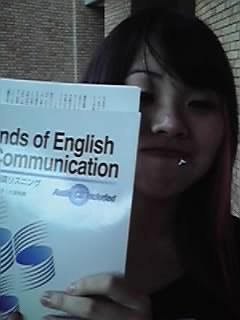There are many types of extracurricular groups and their title is varied on the seriousness of the group. At my school, Kansai Gaidai a club is like a team and the members are very dedicated and the schedule and attendance is strict, and then there are circles which are casual and not as demanding. However, just like with a political stance the members often just choose one group to part take in and sometimes visit the others on noncritical group days.
But whether the group is casual or serious the meetings of both can be seen as very political. Within these extracurricular activities the Sempai, or upper classmen who act as a top choice deciding power can give out orders and act as the lead role in group leadership and even the Kohai, or underclassmen/less experienced use a more formal and/or polite way of speech when talking them to show a sense of respect and lower status. These sorts of relationships show that there is a concept of authority and commitment like in, for example, civil politics.
Although the politics of a group there all systematic and have many parts so they do not have one person to dictate but as in real politics there is decision making, voting and rule making. It is a group of people working together for a goal or way of style for a group of people but also having more experienced members to help guide organization of such goals and make sure they are being carried out.
For example one of the clubs or “circles” I joined at Kansai Gaidai is very layered in order.
This group is called Juon circle and the photo above is me with some of the members with the title of the circle written over our bodies. In this club their goal is to make music together, share creative energy and generally arrange concerts to perform at. They decide on what dates are good for a concert, divide into bands/give production roles and practice and help each other. The Sempai arrange meetings and discuss important dates and take the members opinions into consideration before the final decision is set, but with the “higher” title the Sempai have the responsibility to hold all information and be there for their members. The members themselves follow the structure of the group but also can vote on who gets to be the lead in difference kinds of affairs that concern the group.
This group is good example of a community working together and making decisions, which to me these affairs are politics. Perhaps for these reasons this is why clubs or circles in Japanese institutions are serious and beneficial because there is a strong political structure that keeps them together.
Below is a link to some information and mostly surveys and opinions of Japanese students about clubs/circles and how it seems to be a certain society and obviously having its own inner politics.
http://www.tjf.or.jp/eng/content/japaneseculture/13club.htm















